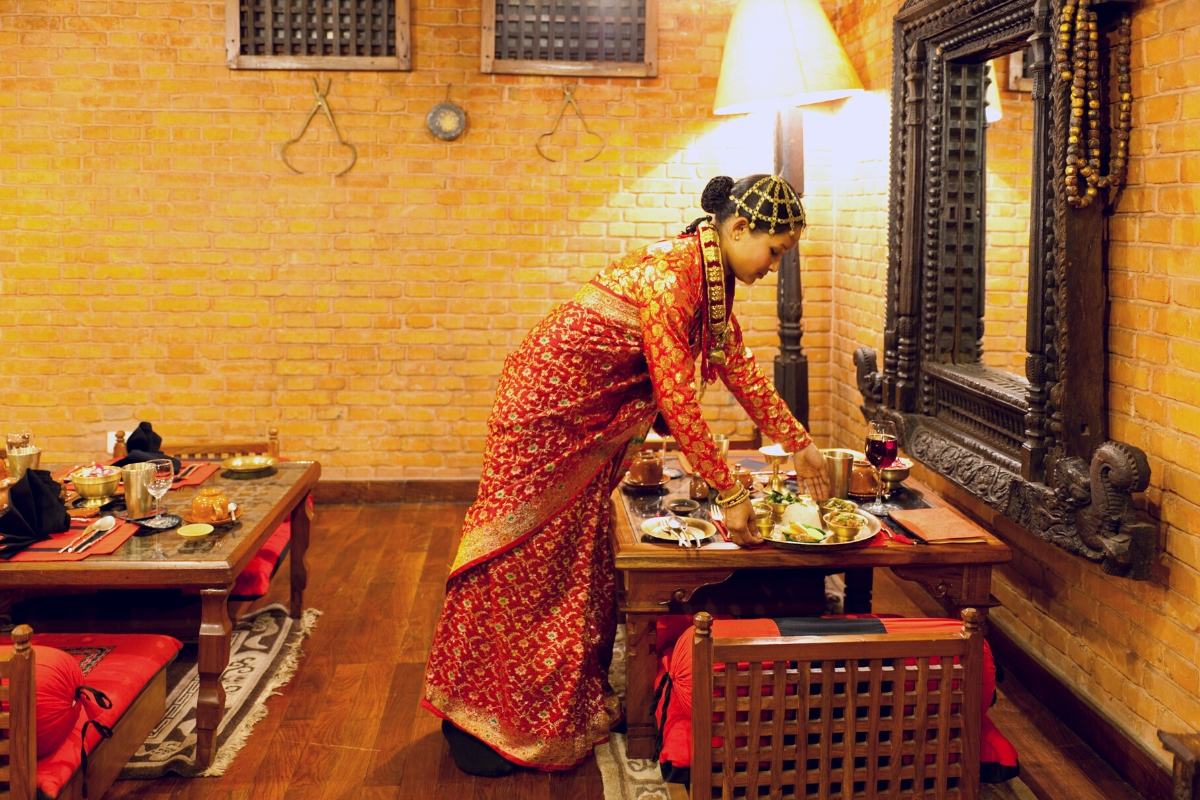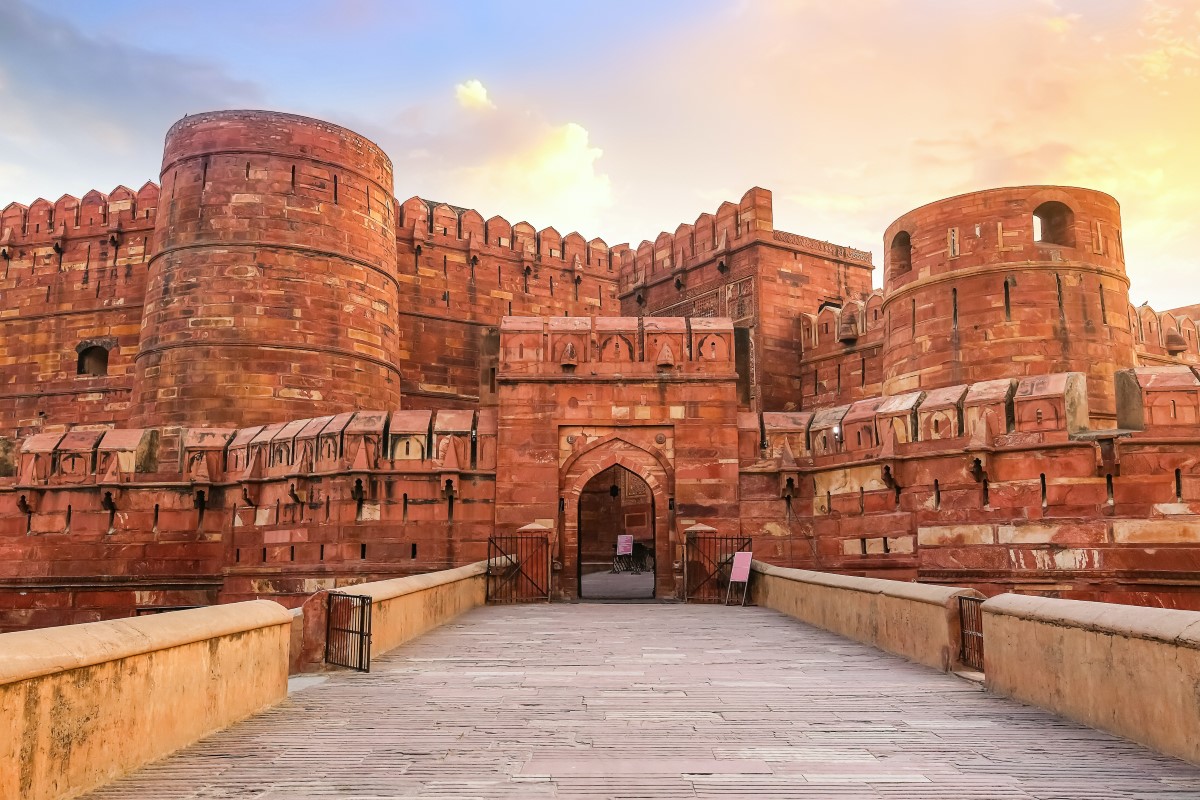Nepal, nestled in the lap of the Himalayas, doesn’t just boast breathtaking landscapes – it also offers a delectable culinary experience. Join us as we embark on a journey into the mouthwatering world of Nepali food.
Nepal is one of the most breathtaking (in both senses of the word!) destinations on the planet. And Nepali cuisine, with its diverse flavors and unique dishes, reflects the country's rich cultural heritage and geographical diversity. Read on to delve deeper into the traditional cooking techniques, regional specialties, and the cultural significance of food in Nepali society.
Dal bhat: A taste of tradition
Section Type: standardWidthImageS

Nepali cuisine revolves around a few staple dishes that hold immense cultural significance. One such dish is dal bhat, a hearty meal consisting of lentil soup (dal) and steamed rice (bhat). It is not just a meal but a cultural institution, providing sustenance and satisfaction to Nepali households. Explore the traditional cooking techniques and spices used to prepare this simple yet delicious combination, which forms the backbone of Nepali cuisine. From the selection of lentils to the art of tempering spices, every step contributes to the unique flavors that make dal bhat such a beloved dish among Nepalis from all walks of life.
Momo: Nepal’s iconic dumplings
Section Type: standardWidthImageS

Momo, a beloved dish in Nepal, has its origins in Tibet and holds cultural significance in Nepali society. Momo-making gatherings bring people together, fostering a sense of community and togetherness. This delicious dumpling has several delightful variations found across Nepal. The classic steamed momo is a common favorite, while fried momo adds a crispy twist. Jhol momo combines steamed dumplings with a flavorful soup, and C-Momo packs a spicy punch. Kothey momo offers a delectable mix of crispy and chewy textures. Accompanying sauces and dips, such as the tangy tomato-based sauce and nutty sesame-based dip, enhance the flavors of momo. Exploring these variations and experiencing the cultural significance of momo-making gatherings is a delightful culinary journey in Nepal.
Gundruk: A tangy delight
Section Type: standardWidthImageS

Gundruk is a traditional fermented leafy green vegetable that’s used widely in Nepali cuisine. It involves fermenting and drying greens like mustard greens, spinach, or radish leaves. The process includes chopping the greens, mixing them with salt and spices, fermenting for days to weeks, and drying them until crispy. Gundruk adds a tangy and slightly sour flavor to dishes and is used in soups, stews, and pickles. It offers nutritional benefits, being rich in vitamins, minerals, and dietary fiber.
Gundruk has a deep cultural significance in Nepali society and is a staple during festivals and celebratory meals. Its preparation reflects traditional practices and showcases the country's culinary heritage. Enjoying gundruk in various dishes allows for a taste of its unique flavor profile and an appreciation of its role in Nepali cuisine.
So much more to explore
Nepal's geographical diversity contributes to a wide range of regional specialties, each offering a distinct culinary experience. From the Newari cuisine of the Kathmandu Valley to the flavors of the Thakali people in the Mustang region, every region has its own unique dishes and cooking techniques. Trying the local dishes in each region you visit is one of the best ways of getting to grips with this fascinating and multi-layered nation.
Section Type: cta
Are you hungry yet? Check out our most popular Nepal itinerary, and speak to a Destination Expert tailoring it to meet your culinary desires.

 India & the Himalayas
India & the Himalayas India & the Himalayas
India & the Himalayas